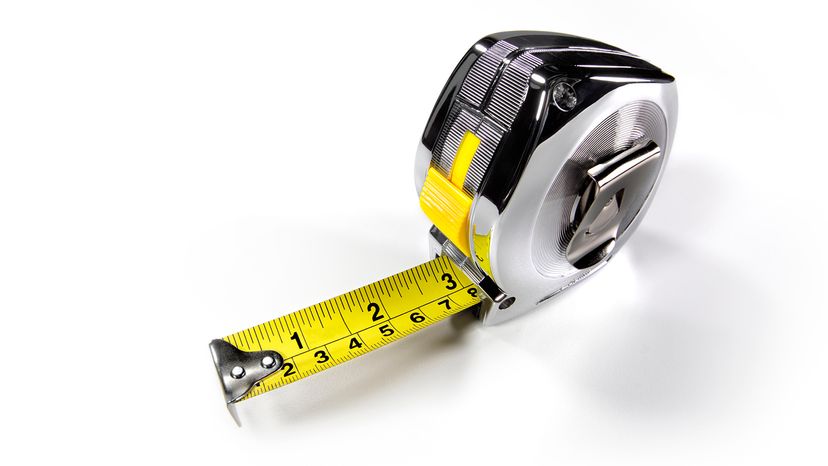Using a tape measure might seem straightforward, but there's an art to getting those accurate measurements every time. First things first: Let's talk about extending the tape.
Gently pull the tape from its case, guiding it from your starting point to the desired length. Most tape measures come equipped with a sturdy metal hook at the end, designed to latch onto objects for stability. This feature is particularly handy when you're measuring a distance solo.
Next, let's talk about control. Many modern measuring tapes have tension-control brakes. These nifty additions allow you to lock the blade in place, giving you the freedom to take an accurate reading without the tape snapping back.
This feature is a lifesaver when working on projects that require precise measurements, like fitting shelves or measuring cabinets.
For those handling longer measuring tapes, often used in outdoor settings, you'll usually find a crank on the side of the case. This crank is used to retract the tape smoothly, avoiding any kinks or tangles.
Retracting Your Tape Measure
While tape measures are generally safe tools, caution is key, especially when retracting the tape. Slow and steady wins the race here.
If you're using a steel blade tape, gently guide it back into the case, keeping your fingers clear of the edges to prevent any nicks or cuts. This method helps maintain the integrity of the tape and ensures you won't be surprised by a sudden snap of the metal blade.
Remember, whether you're extending the tape to its full length or just a 1/4 inch, maintaining control and safety is paramount. This way, you can focus on getting those accurate measurements for your project, be it hanging artwork in a straight line or determining the inside measurements of a space.
